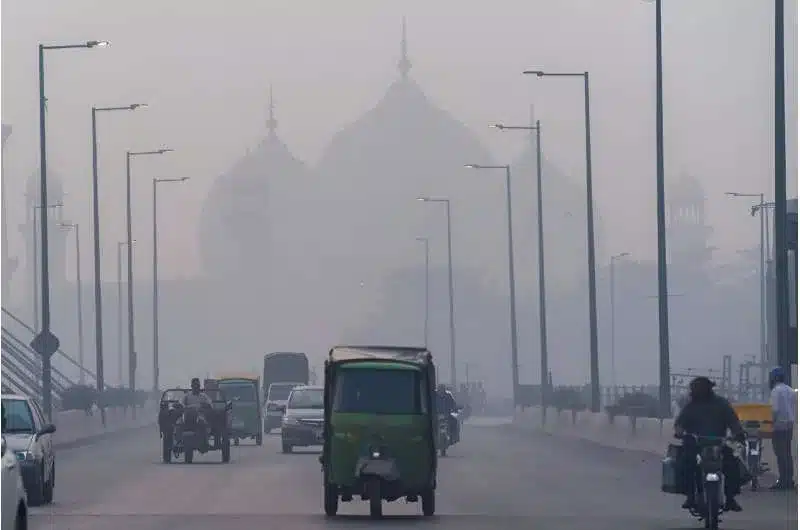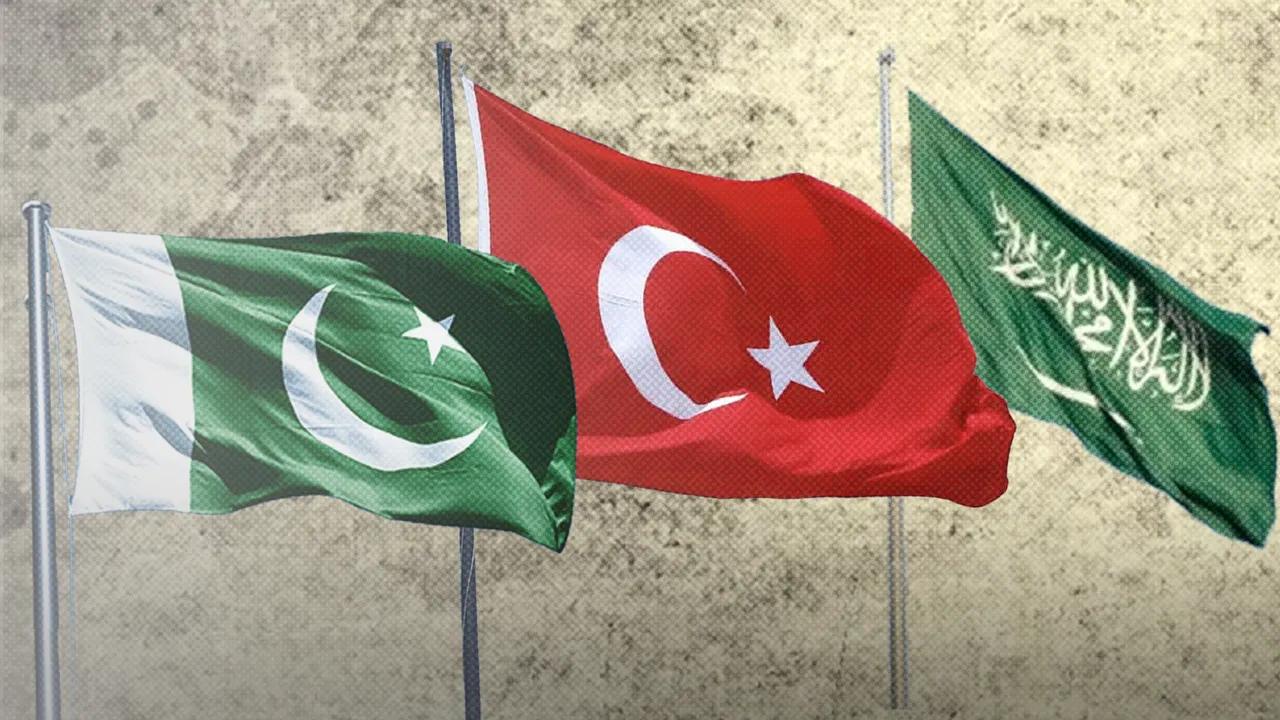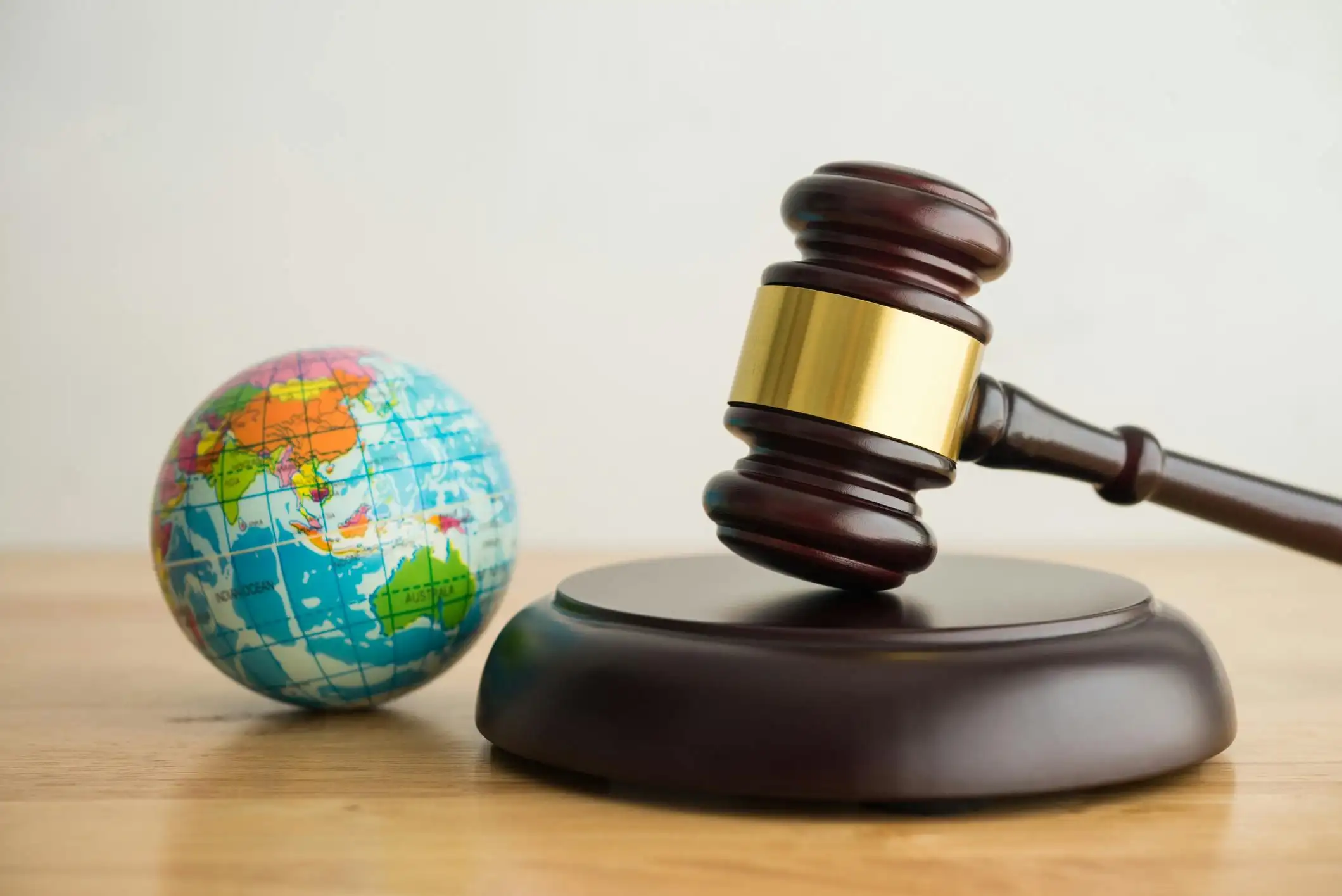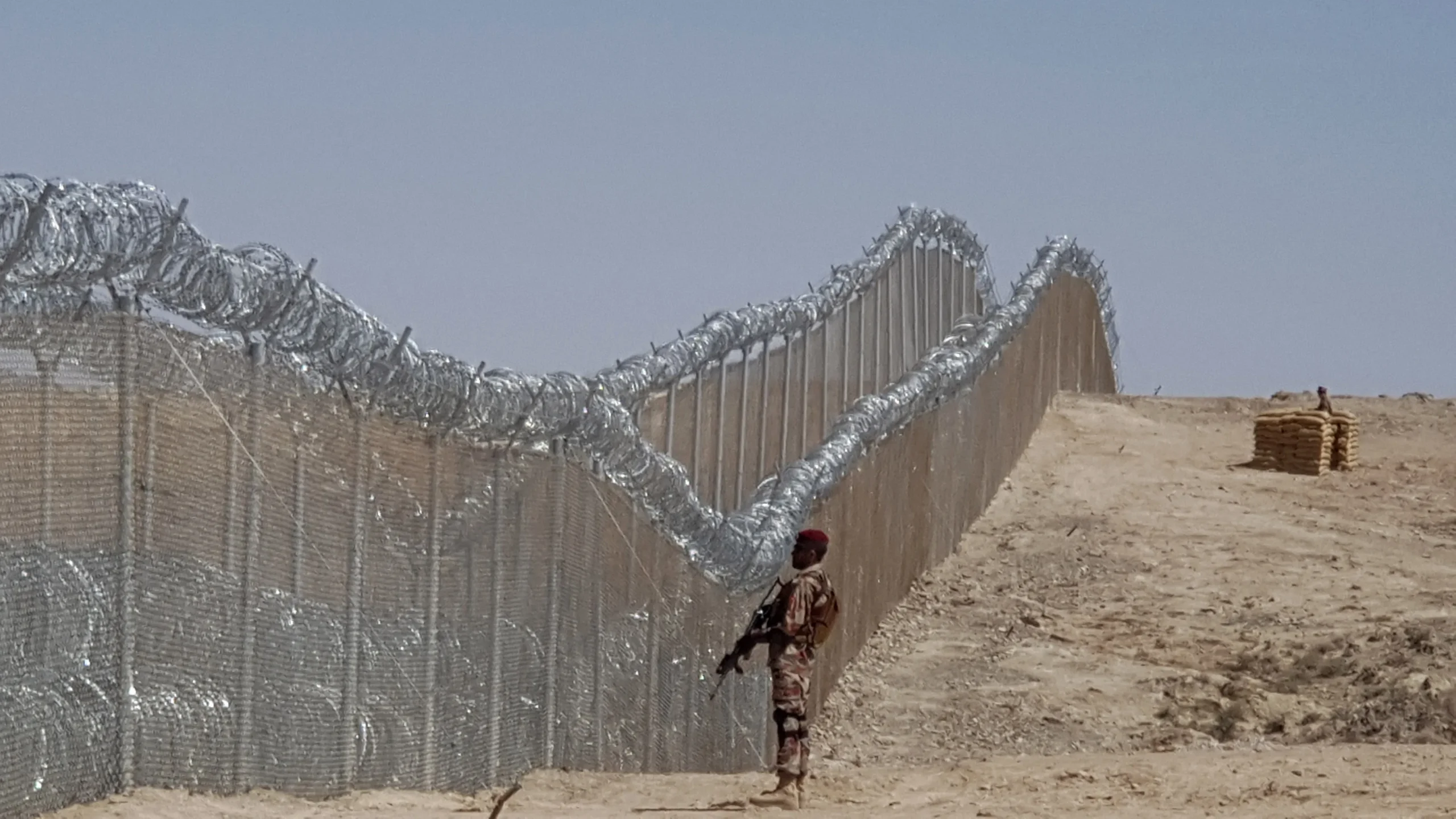The death toll in South Asia due to air pollution has soared. Nine out of ten of the most vulnerable cities are located in South Asia.
Nine out of the world’s 10 cities with the worst air pollution are in South Asia. Concentrations of fine particulate matter (PM2.5) in some of the region’s most densely populated and poor areas are extremely high. These concentrations can be up to 20 times higher than what the WHO considers healthy (5 µg/m³). It causes an estimated 2 million premature deaths in the region each year and incurs significant economic costs. Controlling air pollution is difficult without a better understanding of the activities that emit particulate matter. Air pollution travels long distances in South Asia and gets trapped in large “airsheds” shaped by climatology and geography. This report identifies six major airsheds in the region. It analyzes four scenarios to reduce air pollution, considering varying degrees of policy implementation and cooperation among countries. The report offers a roadmap for airshed-wide air quality management.
Chapter 1 | Introduction
South Asia suffers from extreme air pollution, which leads to severe health impacts and economic costs. South Asian countries have made strides in strengthening air quality management (AQM) programs, but more work is needed. To effectively reduce air pollution, cooperation across jurisdictions is needed.
Chapter 2 | Air Quality in South Asia – A Regional Picture of the Sources of Air Pollution
The sources of emissions in South Asia are diverse. In addition to emission sources that are common throughout the world, there are activities specific to South Asia. These activities contribute large amounts of PM2.5 to the ambient air. PM2.5 in ambient air at any given location originates from a wide range of upwind sources. These sources extend over several hundred kilometers. Effective AQM in South Asia therefore needs to balance measures across sectors and coordinate interventions with other upwind regions.
The need for airshed-wide coordination emerges particularly for urban areas in South Asia. A high share of PM2.5 pollution in ambient air in these areas is imported from outside the area.
Chapter 3 | Cost-effective Measures to Deal with Ambient Air Pollution in South Asia
This report considers four pollution control scenarios. The most cost-effective scenario, ‘Toward the next lower WHO Interim Target scenario’, considers trans-boundary pollution. In this scenario, if each state or province were to cut exposure below the next lower WHO Interim Target, mean exposure in South Asia would decline to 30 μg/m³. This represents a reduction of 40 percent from 2018 levels. Additional annual costs amount to US$5.7 billion per year, or 0.11 percent of GDP annually through 2030. About half of the cost would be due to measures in the household sector.
Chapter 4 | Benefits of Reduced Air Pollution
The health impacts of air pollution range from respiratory infections to chronic diseases, and from serious discomfort to morbidity and premature mortality. A lower-bound estimate of the benefit to cost ratio is the highest for the most cost-effective scenario, ‘Toward the next lower WHO Interim Target scenario’, and has the lowest per capita cost of averting premature deaths. The scenario would save more than 750,000 lives annually at a cost per life saved of US$ 7,600. These benefits vary by location according to the geographical distribution of exposure to air pollution.
Chapter 5 | A Roadmap toward Airshed-wide Air Quality Management
Governments in South Asia are increasingly putting policies in place to reduce air pollution. However, current policies focus on air quality within cities. The analysis in this report indicates that cooperation between different jurisdictions within an airshed is crucial, and proposes a schematic roadmap with three phases. The phases in the roadmap may overlap when the rate of progress differs, depending on local circumstances. The first phase would improve monitoring and institutions, the second phase would introduce additional and joint targets for cost-effective abatement, and the third phase would mainstream air quality in the economy.
Original Source: World Bank






